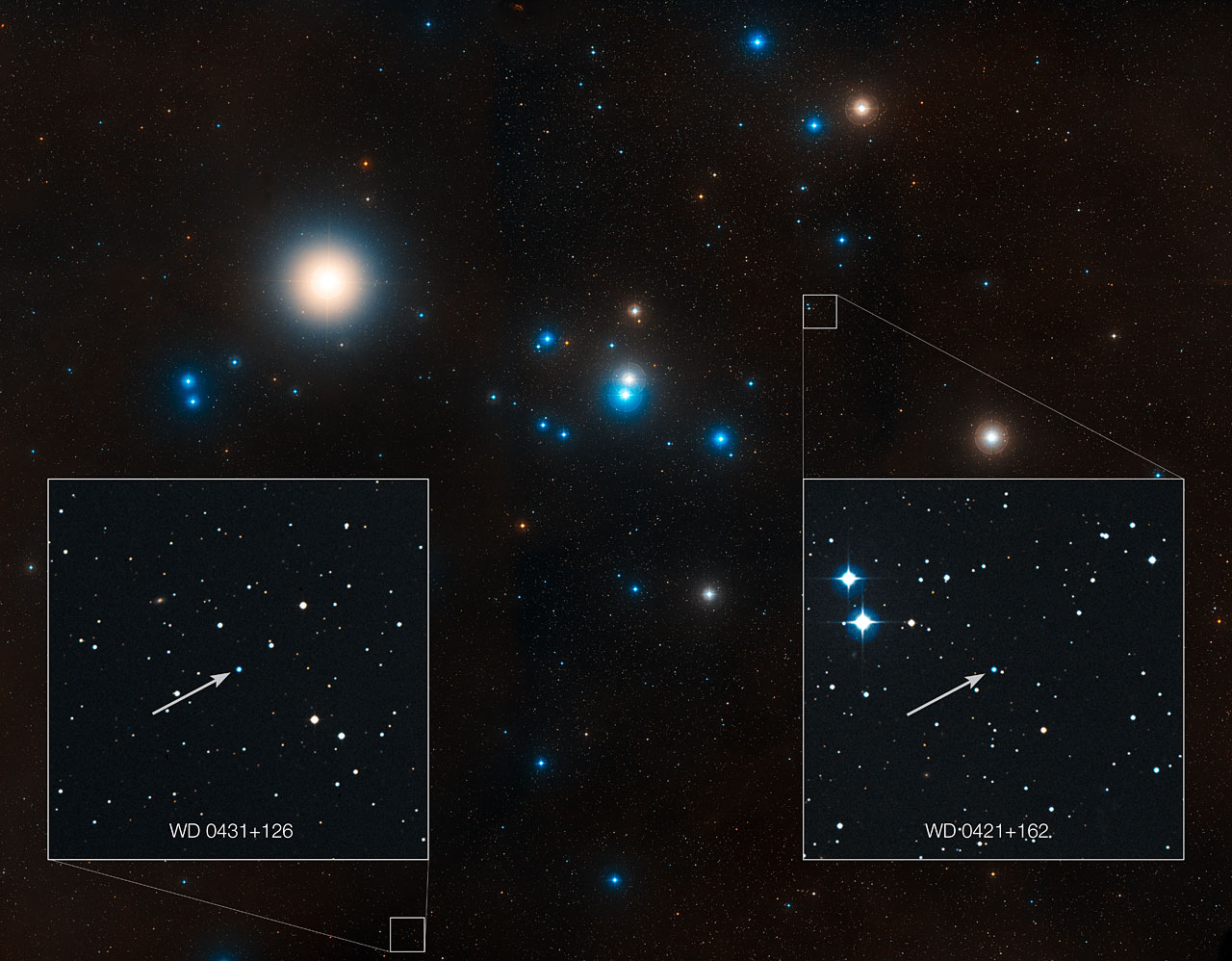
A pre-dawn celestial pageant well worth getting up early to see will take place Sunday morning (July 12), with a lovely crescent moon in close proximity to one of the most beautiful star clusters.
The constellation of Taurus, the Bull, will be coming up over the east-northeast horizon at around 3:30 a.m. local daylight time. The famous Pleiades star cluster is in the Bull's shoulder, while the Bull's face is plainly marked by the fine, V-shaped Hyades cluster.
Notice the bright red star, which represents the Bull's fiery eye, at the end of the lower arm of the V. That's orange-red Aldebaran, "the follower"; it rises soon after the Pleiades and pursues them across the sky. Aldebaran, however, is a foreground star that does not belong to the Hyades; it's just an innocent bystander. [Best Night Sky Events of July 2015 (Stargazing Maps)]
The Hyades grouping is among the nearest of the star clusters, which explains why so many of the separate stars in this cluster can be seen. At a distance of 130 light-years, the Hyades members travel through space like a flock of geese, moving in the general direction of the star Betelgeuse in Orion, while receding from Earth at the rate of 100,000 mph (160,000 km/h).
Aldebaran is moving toward the south almost at a right angle to the cluster's motion, and twice as fast. Taurus' V-shaped head is, therefore, going to pieces. For 25,000 years or more, it will pass for a V, but after 50,000 years, it will be quite out of shape.
On Sunday morning, add the moon
As dawn breaks in North America on Sunday, a thin, waning crescent moon will enhance the view of the Hyades. Earth's satellite will be 14 percent illuminated, just three days from new phase, and floating only a few degrees to the upper right of Aldebaran.
To the unaided eye, and especially through binoculars or a small telescope, the waxing crescent moon will appear as a thin arc of yellowish-white light enclosing a ghostly ball. This vision of the full globe of the moon, its darkened portion glowing with a bluish-gray hue interposed between the sunlit crescent and not-much-darker sky, is sometimes called "the old moon in the young moon's arms."
Get the Space.com Newsletter
Breaking space news, the latest updates on rocket launches, skywatching events and more!
Leonardo da Vinci (1452-1519) was the first to recognize this lunar glow as "earthshine," light from the Earth reflected back to the moon. The Earth's light, of course, is reflected sunlight, so earthshine is really sunlight that's reflected off Earth to the moon and then reflected back to Earth again.
If you're using binoculars, notice how, as the morning progresses, the moon shifts (at its own apparent diameter each hour) past the 4th-magnitude star Gamma Tauri, the star located at the bottom of the V.
Chillier nights ahead
The appearance of Taurus, with Aldebaran, the Pleiades and Hyades low in the east-northeast sky before sunrise, demonstrates that the progression of the seasons is unending.
The first appearance of these particular star patterns is a gentle reminder that skywatchers can now look down the long celestial runway and see the first signs that fall is coming, albeit with still a few months to go.
Editor's note: If you capture an amazing view of a night-sky sight and would like to share photos with Space.com for a story or gallery, send comments and images in to managing editor Tariq Malik at: spacephotos@space.com.
Joe Rao serves as an instructor and guest lecturer at New York's Hayden Planetarium. He writes about astronomy for Natural History magazine, the Farmer's Almanac and other publications, and he is also an on-camera meteorologist for News 12 Westchester, N.Y. Follow us @Spacedotcom, Facebook or Google+. Originally published on Space.com.
Join our Space Forums to keep talking space on the latest missions, night sky and more! And if you have a news tip, correction or comment, let us know at: community@space.com.

Joe Rao is Space.com's skywatching columnist, as well as a veteran meteorologist and eclipse chaser who also serves as an instructor and guest lecturer at New York's Hayden Planetarium. He writes about astronomy for Natural History magazine, Sky & Telescope and other publications. Joe is an 8-time Emmy-nominated meteorologist who served the Putnam Valley region of New York for over 21 years. You can find him on Twitter and YouTube tracking lunar and solar eclipses, meteor showers and more. To find out Joe's latest project, visit him on Twitter.









